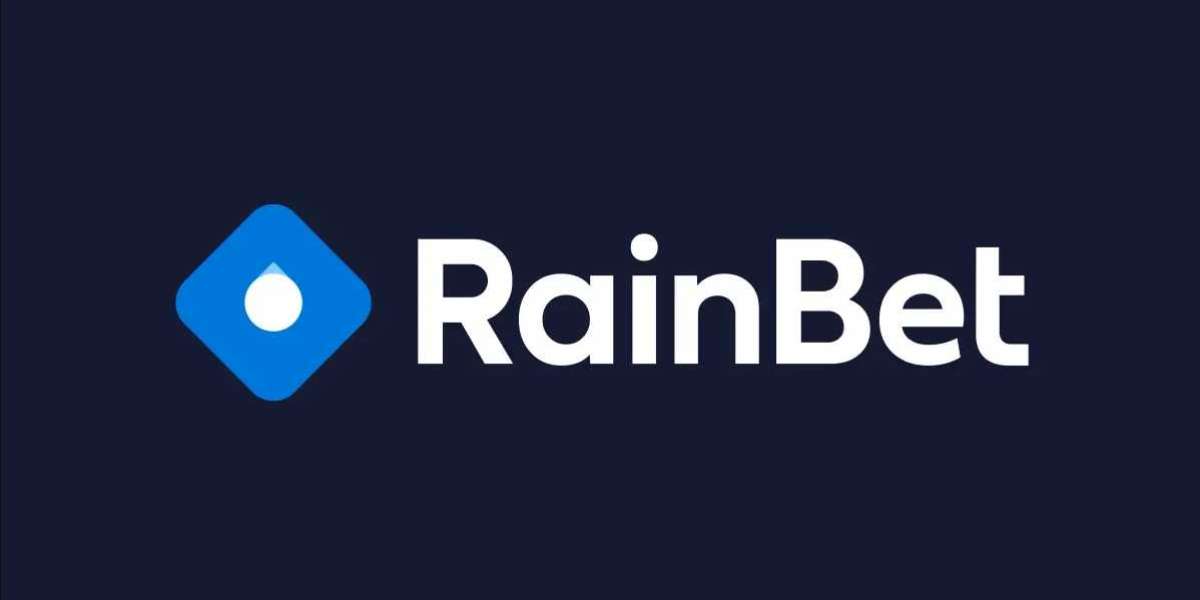Traditional training for drilling and well control requires intricate equipment and multiple physical locations, which drives up training costs significantly. The use of virtual reality (VR) technology can simulate these scenarios in a virtual environment, which can significantly cut down on the cost of training and remove the necessity of actually investing expensive resources.
Virtual reality technology makes downhole operation simulators possible to create scenarios that are as realistic as possible, including ones involving drilling and well control. Students can get a feel for the drilling process, face a variety of challenges, and navigate potentially hazardous situations through the use of virtual reality, which is similar to the experience of working in the field.
Training is enhanced when virtual reality (VR) technology is used for drilling and well control training because it creates a highly immersive learning environment
This immersive experience has the potential to pique participants' interests and encourage their active participation, which in turn can speed up the acquisition of new skills and the development of existing ones
In conclusion, the utilization of virtual reality (VR) technology for drilling and well control training can improve safety, cut costs, offer a realistic experience, and boost the efficiency of training. This makes learning much easier.
Students are provided with a learning environment that is safe, controlled, and immersive thanks to the application of VR technology in drilling and well control training. This allows students to learn and develop their skills more effectively.
When used in drilling and well control training, the application of virtual reality (VR) technology can provide students with a learning environment that is safe, controlled, and immersive. This environment can help students build skills and develop competencies. The following is a list of applications and benefits related to this topic:
1. Students can train in a safer, more realistic setting using virtual reality technology rather than going out into the real world to do their work. Because of this, the possibility of accidents is decreased, and the student's safety is protected.

4. Collaborative learning and training for teams Virtual reality can also support multi-person environments, which enables students to work together with members of their team in virtual spaces and tackle challenges based on real-world scenarios. The students' capacities for communication and coordination may benefit from participation in this kind of training for teamwork.
Students will be able to more effectively build their skills and develop their capabilities through the application of virtual reality technology to drilling and well control training, which can provide a safer, more controlled, and immersive learning environment.
Students can practice their operational skills and respond to various scenarios without actually being in any danger or risk when they receive their training in a virtual reality environment, which helps to reduce the likelihood of accidents occurring. The potential for accidents and injuries to occur during actual field operations is reduced as a result of this measure.
Virtual reality training can simulate a variety of emergency scenarios, such as a runaway wellhead and mud gusher, which can help participants improve their ability to respond to unexpected events. Students have the opportunity to study and practice how to react appropriately in a simulated setting, thereby enhancing their ability to make quick decisions and improve their reaction times.
High capacity for error correction: the environment of virtual reality allows students to repeatedly practice operations and skills while allowing for and even encouraging them to make mistakes. Participants are encouraged to experiment with a variety of strategies and solutions to help facilitate their own learning and development in this low-pressure learning environment.






